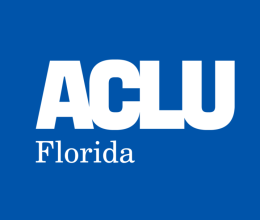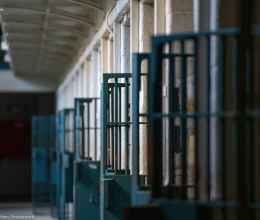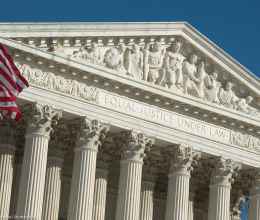
Can you imagine what it is like to wake up every day in fear, knowing today could be the last you see your fiancé because of the color of his skin?
As an African American woman, I constantly live in fear my fiancé or myself will not make it home to one another every night.
I fear that one of us will be stopped by the police for a broken taillight and shot down in fear, like Philando Castile. I fear one of us will be gunned down after heading to the convenience store for skittles, like Trayvon Martin. I fear we will be out together, enjoying our evening, and one of us will be shot down for laughing, like Rekia Boyd. I fear I will call upon a neighbor for help after being in an accident and be shot down, like Renisha McBride. I fear my fiancé will be out celebrating with friends the night before our wedding, and be executed because a cellphone was mistaken for a gun, like Sean Bell.
I am afraid that because of how I look, I too could be executed regardless of the circumstances.
Quantifying the problem has proven elusive, as there is no official tracking of police violence. However, many organizations and news agencies have begun collecting data.
The Guardian’s database, The Counted, which is not exclusive to deaths involving firearms, shows that there have been 586 people killed by police this year; 145 of those people were Black. The Washington Post’s database, which looks at fatal encounters by police, shows that 522 people have been killed by police this year; 128 or 25 percent of those deaths were of Black people. Alton Sterling was the 122nd and Philando Castile, the 123rd Black person killed by police this year, according to the Washington Post.
In 2015, 1,134 people were killed by police, with black people killed at twice the rate of white, Hispanic and Native Americans, according to the Guardian. That means that despite Black men, ages 15-34, only making up two percent of the U.S. population, they equaled more than 15 percent of police-involved killings last year. Without major reforms, this year American may surpass the outrageous number of black and brown men killed by police last year.
Fatal encounters with police are not the only thing brutalizing black and brown communities. Excessive force, over-policing, minimum sentencing laws, criminalization of marijuana and non-violent drug abuse, for-profit policing, and lack of implicit bias training are equally marginalizing black and brown communities across America.
Additionally, police officers and departments are often not held accountable for uses of deadly and excessive force and they are rarely charged or convicted after these encounters. In 2014 and 2015, no police officers were convicted on murder or manslaughter charges for fatally shooting a civilian while on duty. And according to the Bureau of Justice Statistics, Black women are more likely to go to prison than any other racial or ethnic group. That means 1 in 16 Black women, in comparison to 1 in 45 Latina, and 1 in 111 white women, will be imprisoned at some point in their lifetime.
The lack of comprehensive data on police activity like stops and frisks, searches, uses of force, citations, or related demographic information from those encounters, makes it difficult to measure the national police problem. And because there is currently no federal mandate for police reporting, we still do not know how many police shootings happen around the country every year.
Making this type of information available to the public can help us quantify and observe the problem and, in-turn, improve police-community relations and create solutions to policing.
However, regardless of the lack of comprehensive data, we know there is a better approach to policing, with proven methods that can reduce violence and racial profiling in our communities. The crisis our nation faces in achieving racial justice and reducing police violence is overwhelming, painful, frustrating, and often leaves us wondering, “What can I do?”
There are things we can do right now and calling for police reform can happen in many different and significant ways —whether it’s hosting a community forum or grieving space, knowing your rights when you attend a rally to support Black lives, petitioning Congress to pass the Preventing Tragedies Between Police and Communities Act of 2016, or staying engaged with local coalitions doing the work.
We are struggling in a society where blackness and black bodies are still feared and have state violence disproportionately inflicted upon them.
Until we act on common-sense police reform, we will not have justice. Until we call out systemic issues of violence, oppression and privilege that leaves communities of color vulnerable to crime, discrimination, and poverty, we will not have justice.
Until we do these things, there is a possibility, every single day, my fiancé will not come home to me, and that is not acceptable. The criminal justice system is broken, and we need to act now.


